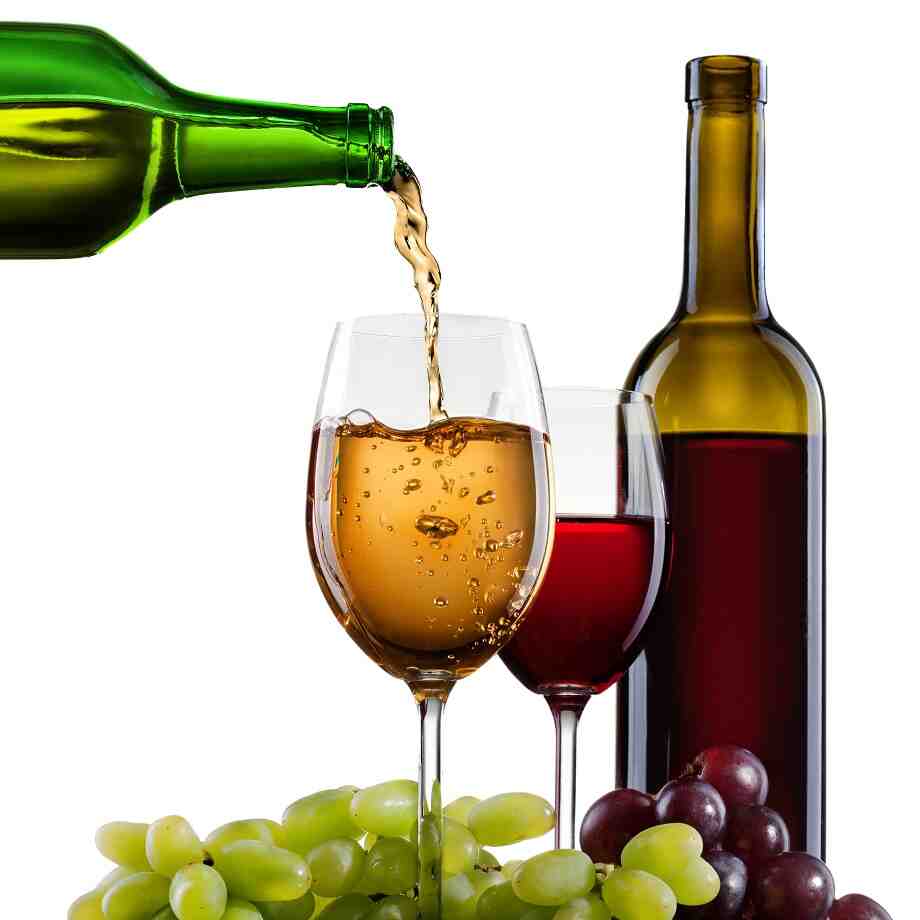How to Choose Wine Based on Your Personal Taste Preferences
Selecting a bottle of wine can sometimes feel overwhelming, especially with so many options available. Whether you’re a seasoned wine enthusiast or just beginning your journey, understanding how to choose wine based on your personal taste preferences can make the experience more enjoyable and less intimidating. Wine is all about personal taste, and finding what suits your palate will lead to a more fulfilling drinking experience.
Here’s a guide to help you navigate the world of wine and select bottles that are perfectly aligned with your flavor preferences.
1. Understand the Key Components of Wine
Before diving into the specifics of choosing wine based on your taste, it’s helpful to understand the core components that make up the flavor profile of a wine. These elements include:
- Sweetness: Wines range from very dry (no sweetness) to sweet (high sugar content). Sweetness levels can vary within a variety, so knowing if you prefer a dry or sweet wine is essential.
- Acidity: Wines with higher acidity often taste fresh, crisp, and zesty. Acidic wines can be refreshing and are often a good choice to pair with food.
- Tannin: Tannins are compounds found in the skins, seeds, and stems of grapes, and they give red wines a dry, astringent quality. Wines high in tannins can feel puckering on the palate.
- Alcohol: Alcohol content in wine contributes to its body and warmth. Higher alcohol wines feel fuller and warmer on the palate.
- Body: The body of the wine refers to its weight and texture. Wines can be light-bodied (more delicate) or full-bodied (rich and heavy). This often correlates with alcohol content and tannin levels.
Once you know what these components are and how they interact, you can begin to consider your preferences in each category.
2. Determine Your Preferred Wine Style
There are countless types of wines out there, and they can be broadly categorized into three styles: red, white, and sparkling wines. Deciding which style you prefer is the first step toward narrowing down your options.
Red Wines
Red wines are made from dark-colored grape varieties and typically have higher tannin levels and deeper flavors. These wines can range from light to full-bodied.
- Light-Bodied Reds: If you prefer something smooth and easy-drinking, light-bodied reds like Pinot Noir or Gamay (used in Beaujolais) might appeal to you. These wines have softer tannins and bright, fruity flavors.
- Medium-Bodied Reds: Wines like Merlot, Chianti, or Zinfandel have a medium body, making them versatile and enjoyable with a variety of foods. They typically have a balance of fruitiness and subtle tannins.
- Full-Bodied Reds: If you prefer a bold, rich wine with intense flavors and structure, full-bodied reds like Cabernet Sauvignon, Syrah/Shiraz, or Malbec are excellent choices. These wines have higher tannins and deeper, complex flavors.
White Wines
White wines are made from green or yellowish grapes and tend to be lighter and crisper than reds. They can range from dry and zesty to sweet and fruity.
- Crisp and Refreshing Whites: If you like wines with high acidity and refreshing citrus flavors, try a Sauvignon Blanc (from New Zealand or France) or Chablis (a style of Chardonnay from Burgundy). These wines are light and perfect for warm weather.
- Fuller-Bodied Whites: If you enjoy wines with a rich, creamy texture and a hint of oak, try Chardonnay (especially from California or Burgundy). These wines tend to be fuller-bodied with buttery, tropical fruit flavors and, in some cases, a touch of vanilla from oak aging.
- Sweet Whites: If you’re drawn to sweeter wines, look for Riesling or Moscato. These wines can range from lightly sweet to intensely sweet and are perfect if you have a sweet tooth.
Sparkling Wines
Sparkling wines are bubbly and typically light in body. They can range from dry (Brut) to sweet (Demi-Sec) and are often a fun, celebratory choice.
- Prosecco: A popular Italian sparkling wine, Prosecco is typically light, fresh, and fruity, with a slight sweetness. It’s a great choice if you enjoy something light and easy-drinking.
- Champagne: If you like more complex, crisp, and dry sparkling wines, Champagne (especially Brut) from France might be your go-to. Champagne tends to have more intricate flavors due to its fermentation process.
- Cava: If you want a high-quality sparkling wine at a lower price, Cava from Spain offers crisp and citrusy bubbles, often with a slightly drier taste.
3. Match Wine to Your Flavor Preferences
Think about the kinds of flavors you tend to enjoy, and match them with the right wine varieties. Here are a few examples of flavor profiles and the wines that typically align with them.
- Fruity Flavors: If you enjoy fruity flavors, such as berries, citrus, or tropical fruit, try wines like:
- Pinot Noir (for red fruit flavors like cherry and raspberry)
- Sauvignon Blanc (for citrus and green apple notes)
- Riesling (for tropical fruit and peach flavors)
- Earthy and Herbaceous Flavors: If you prefer earthy or herbal flavors, go for wines that showcase those qualities. Some options include:
- Cabernet Sauvignon or Merlot (often with earthy, tobacco, or herbal notes)
- Chianti (which has earthy, herbal, and rustic qualities from the Sangiovese grape)
- Chablis (for mineral, earthy flavors often found in this style of Chardonnay)
- Spicy Flavors: If you like wines with a spicy, peppery kick, try reds like:
- Syrah/Shiraz (known for its black pepper, smoky, and spicy notes)
- Zinfandel (with hints of black pepper, cinnamon, and clove)
- Sweet or Dessert Wines: If you prefer sweet flavors, dessert wines are a great choice, such as:
- Moscato (sweet, fruity, and lightly effervescent)
- Port (rich, sweet, and fortified with flavors of dark fruit, chocolate, and spice)
- Tokaji (a Hungarian dessert wine with honeyed sweetness and a touch of spice)
4. Consider the Occasion and Food Pairing
Your taste preferences can also change based on the occasion or what you’re eating. Wine and food pairings can significantly enhance the tasting experience, so consider what you’re planning to serve with your wine.
- For light meals or appetizers: Wines with higher acidity, like Sauvignon Blanc, Prosecco, or Pinot Grigio, pair well with lighter foods such as seafood, salads, or cheese.
- For hearty meals: Full-bodied wines like Cabernet Sauvignon, Malbec, or Zinfandel are excellent with rich, meaty dishes like steak, lamb, or barbecue.
- For spicy food: Spicy dishes, such as those found in Indian or Thai cuisine, pair beautifully with slightly sweet wines like Riesling or Moscato to balance the heat.
- For desserts: For a sweet finish, Port, Sherry, or Sauternes (a French dessert wine) is the perfect match with chocolate or rich, creamy desserts.
5. Experiment and Explore
While understanding your taste preferences is a great starting point, the best way to find wines you love is to experiment and try different styles, regions, and varietals. Don’t be afraid to step outside of your comfort zone and try something new. Visiting wine shops, attending tastings, or joining a wine club can introduce you to a variety of wines and expand your knowledge.
Conclusion
Choosing the right wine based on your personal taste preferences is an exciting and ongoing journey. By understanding key factors such as wine style, flavor profiles, and acidity, you can start to explore wines that suit your individual palate. Whether you gravitate toward bold reds, crisp whites, or sparkling wines, there’s a perfect bottle waiting for you. Don’t hesitate to experiment and have fun with the process—wine is meant to be enjoyed, and the more you explore, the more you’ll discover wines that you truly love. Cheers!











